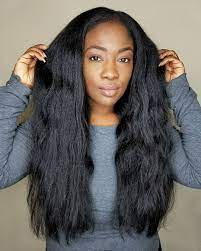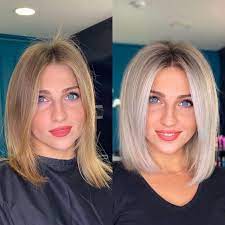
History
Long African-American hair requires effort to keep it looking its best. It involves managing knots and tangles daily and spending time each morning to ensure neat hairstyles. Low-maintenance, chemical-free hairstyles like braids, wigs, and twists can help manage long, curly locks while providing protection.
Before colonization, Afro hair in Africa represented tribal affiliation, status, religion, and fertility. Styles like cornrows and dreadlocks have been documented through various forms of art. However, the transatlantic slave trade resulted in hair loss for kidnapped Africans, reinforcing that coily or kinky natural hair was unacceptable. This Eurocentric perception of beauty still influences views on black hair today, leading to discrimination against certain styles.
Origins
African American hairstyles cannot be traced back to a single source due to the diverse origins of Africans brought to America. Nonetheless, many popular styles among Black women, such as dreadlocks and Bantu knots, have roots in traditional African cultural values. hair was seen as a mark of identity, social status, and communication within tribes and communities.
Styles
Black women have various styling options for their hair. Moisturizing and maintaining healthy hair is crucial regardless of the chosen style. Popular options include wearing natural hair loose or in an updo, braids or locs as protective styles, tight buns or cornrows for added volume, and sew-in weaves. High-quality products play a significant role in maintaining the health and shine of long black hair.
Bantu knots and Senegalese twists are also recommended as protective styles for kinky locks. Bantu knots involve tying Afro-curl coils into stacked knots, while Senegalese twists create an exciting appearance by securing the hair into space buns on top of the head.
Maintenance
Maintaining black hair, particularly curly locks, requires regular care. Patience and using wide tooth combs or afro combs are essential for detangling without causing damage. Conditioning products that reduce frizz and add shine should be used, and tight styles that may cause breakage should be avoided.
African-American hair can be categorized into three textures: type 3a, type 3b, and type 4. Each class has different characteristics and requires specific care. Avoiding excessive washing or harsh shampoos and providing proper nutrition is crucial for the healthy growth of a child’s locks.

